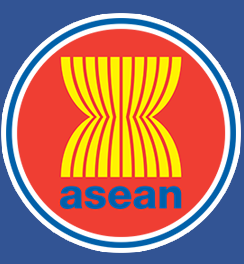ASEAN Journal on Science and Technology for Development
Abstract
The European Union Deforestation Regulation (EUDR) requires all products entering the EU market to comply with deforestation-free requirements by using a traceability system that tracks products back to their plantation of origin. However, ensuring traceability for fresh fruit bunches (FFB) supplied by independent smallholders (ISHs) presents challenges. These challenges arise from the segregation of internal and external FFB trucks at weighbridges, where only the FFB weight is recorded, without identifying its source. To address this, a new segregation system was introduced, based on the level of sustainability implementation in plantations. This study aimed to develop an FFB traceability system using a bottom-up approach, starting from ISH' plantations and extending to crude palm oil (CPO) production at the palm oil mill (POM). The initial phase involved evaluating the sustainability levels of 318 palm oil plantations owned by ISHs in Rokan Hulu Regency. The research defined sustainability variables and parameters, then conducted a sustainability evaluation using a novel method combining gap analysis and machine learning-based cluster analysis. The cluster analysis classified the 318 plantations into three categories: 22 trusted plantations, 116 potential plantations, and 180 low-potential plantations. 102 plantations out of 138 trusted plantations and potential plantations succeeded in obtaining RSPO certificates. FFB transportation from 102 ISH plantations and legally compliant company-owned plantations will be segregated from FFB undocumented plantations transportation at weighbridges to produce traceable high-quality CPO and untraceable standard-quality CPO.
Keywords
deforestation, independent smallholder, sustainability, traceability
Publication Date
2025
Received Date
03/01/2025
Accepted Date
31/08/2025
Recommended Citation
Falgenti, Kursehi; Arkeman, Yandra; Syamsu, Khaswar; and Hambali, Erliza
(2025)
"Enhancing Traceability and Sustainability in Smallholder Oil Palm Plantations Through Gap Analysis and Machine Learning,"
ASEAN Journal on Science and Technology for Development: Vol. 43:
No.
1, Article 11.
DOI: https://doi.org/10.61931/2224-9028.1637
Available at:
https://ajstd.ubd.edu.bn/journal/vol43/iss1/11

